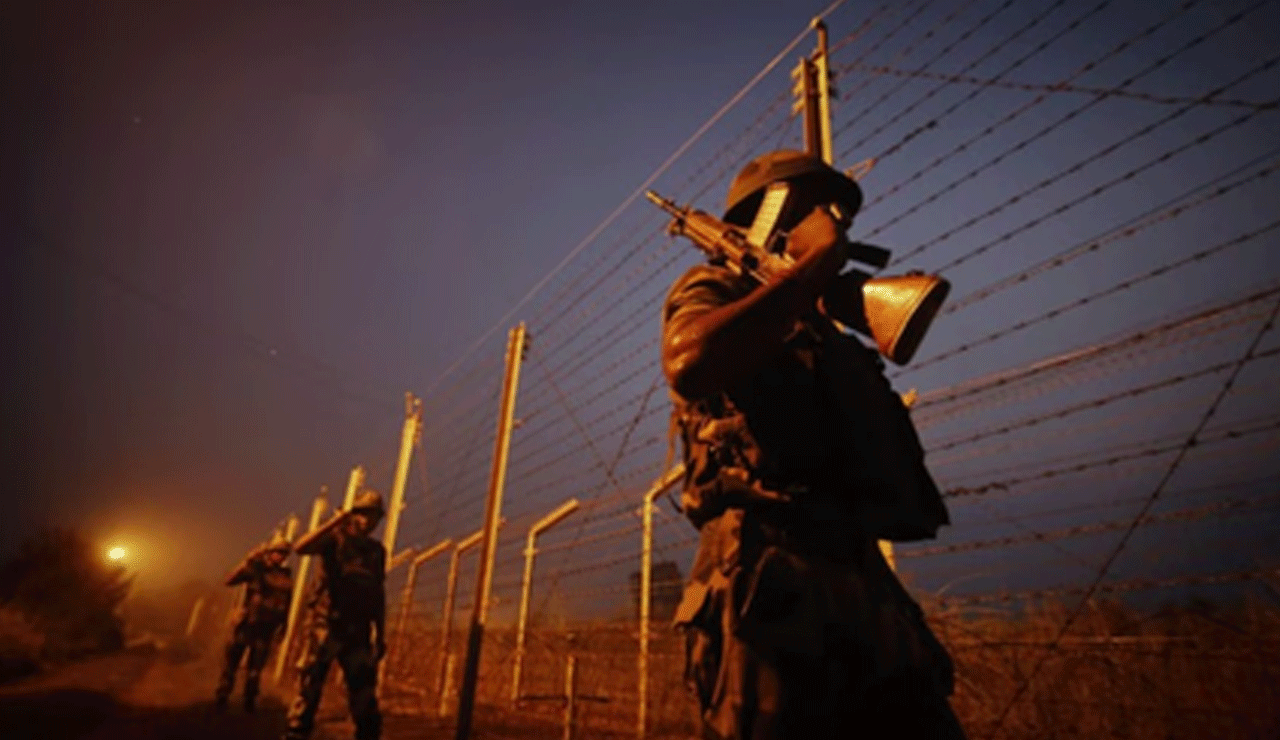The Third Eye: Inside India’s Retaliatory Strike After Pahalgam Terror Attack
Following the brutal terror attack in Pahalgam on April 22 that left 26 Hindu civilians dead, India has delivered a strong and calculated response through a high-precision military counteroffensive, Operation Sindoor.

New Delhi: Following the brutal terror attack in Pahalgam on April 22 that left 26 Hindu civilians dead, India has delivered a strong and calculated response through a high-precision military counteroffensive, Operation Sindoor. With global backing from world powers like the United States and Russia, India’s multi-pronged strategy signals a robust shift in its counter-terror doctrine.
Table of Contents
International Backing: Trump and Putin Condemn Pahalgam Massacre
US President Donald Trump issued a strong condemnation of the killings, reinforcing his longstanding zero-tolerance stance on Islamic terrorism. Russian President Vladimir Putin also extended full support to India’s anti-terror efforts, noting similarities to Russia’s own tragic terror attack in March 2024, when ISIS-K struck a Moscow concert hall.
Also Read: “Jai Hind ki Sena!” – Amitabh Bachchan’s Emotional Tribute After Pahalgam Massacre
This alignment of support has helped India gain crucial diplomatic ground, projecting the counterstrike not just as retaliation, but as a global fight against terror.
Operation Sindoor: India’s Coordinated Strikes on Terror Camps
In the early hours of May 7, India launched simultaneous military strikes on nine terror camps across the Line of Control (LoC) and Indo-Pak border. Described as ‘Balakote-style’ missions, these strikes were distinct in their surgical precision and execution speed.
The mission was led by Col. Sofiya Qureshi and Wing Commander Vyomika, two prominent officers at the heart of planning. Their leadership in Operation Sindoor became symbolic of India’s response to the widowhood forced upon many during the Pahalgam massacre.
A Tactical Masterstroke by NSA Ajit Doval
The operation was reportedly coordinated by National Security Advisor Ajit Doval, ensuring top-level intelligence integration and real-time decision-making. The mission strictly targeted terror infrastructure, carefully avoiding engagement with regular Pakistani military units—an approach designed to limit escalation while delivering a deterrent blow.
The Strategic Value of India’s Global Positioning
India’s upgraded role in the Quad alliance, supported by the joint statement from the Quad Foreign Ministers’ Meet in Washington on January 22, highlights its rising influence in the Indo-Pacific. The group reaffirmed their stand on a “free and open Indo-Pacific”, democratic values, and territorial sovereignty.
India’s response to the Pahalgam attack aligns with this vision and positions it as a pillar of stability in a region threatened by faith-based terror and authoritarian regimes.
The China-Pakistan Nexus and Regional Threat Matrix
India’s security community remains wary of the strategic ties between China and Pakistan, especially as Pakistan continues to sponsor terrorism as a low-cost tool of asymmetric warfare. The Modi government has reaffirmed its right to neutralize threats, including targeting terror masterminds like Hafiz Saeed and Masood Azhar, regardless of where they are sheltered.
Geopolitics of Trump’s Return and MAGA 2.0
Trump’s presidency has returned with a sharper focus on administrative efficiency and cutting global dependency—spearheaded by Elon Musk-led DOGE (Department of Government Efficiency). While discarding DEI programs from the previous administration, his government continues to view India as a strategic partner in containing China and combating radical extremism.
PM Narendra Modi, during his White House visit earlier this year, echoed Trump’s ‘Make America Great Again’ theme with a nationalistic assertion of India’s own ambition: “Make India Great Again”—a move seen as rebalancing Indo-US ties on equal terms.
Jammu & Kashmir: The Strategic Frontier
Post-Pahalgam, India is re-evaluating the governance model in Jammu & Kashmir, with suggestions for appointing a national security expert to oversee intelligence coordination and counter-separatist activities. The region’s strategic sensitivity now demands leadership that commands the respect of the armed forces and understands the local intelligence and insurgency networks.
A Turning Point in India’s Counter-Terror Doctrine
The Pahalgam attack is being compared to 26/11 Mumbai, not just in brutality but also in how it galvanized a measured, high-impact response. Operation Sindoor, supported by strong international alliances, marks the dawn of a new deterrent doctrine—one where India asserts the right to retaliate across borders while maintaining global legitimacy.
